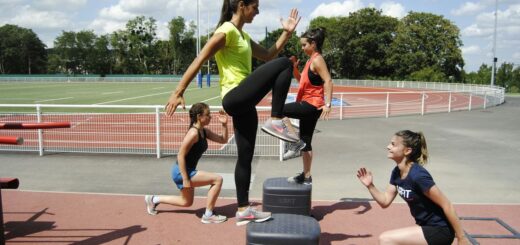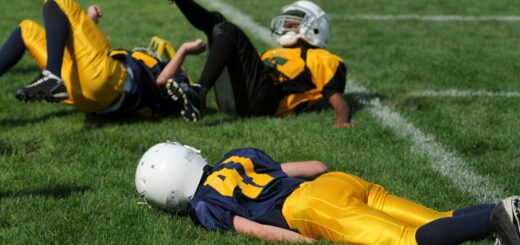The Influence of Media on Sports Perception
The Influence of Media on Sports Perception
Introduction
The relationship between media and sports is deeply intertwined, with media playing a pivotal role in shaping public perception, influencing cultural narratives, and impacting the overall popularity of sports. This article explores how various forms of mediasuch as television, digital platforms, and social mediaimpact our perception of sports.
Television and Broadcast Media
Television remains a dominant force in sports media, broadcasting major events and shaping how sports are presented to viewers worldwide. Key influences include:
- Narrative Framing: Television broadcasts often frame stories around athletes, teams, and events, influencing how viewers perceive their achievements, failures, and personal stories.
- Commercialization: Advertisements and sponsorships during broadcasts can enhance the commercial appeal of certain sports, affecting viewer interest and investment.
- Global Reach: Through satellite and digital broadcasting, television exposes global audiences to a diverse range of sports, promoting cross-cultural appreciation and fandom.
Digital and Social Media
The rise of digital and social media platforms has revolutionized sports consumption and fan engagement:
- Real-Time Updates: Platforms like Twitter and Instagram provide instant updates, highlights, and commentary, keeping fans engaged beyond televised events.
- User-Generated Content: Fans can actively participate in sports discourse through user-generated content, influencing discussions and perceptions in real time.
- Athlete Branding: Social media allows athletes to build personal brands, directly connecting with fans and shaping their public personas outside of traditional media channels.
Impact on Athlete Image and Public Perception
Media portrayal significantly impacts how athletes are perceived by the public:
“Media coverage can make or break an athlete’s reputation, highlighting their successes, controversies, and personal lives.” – Sports Analyst
- Heroes and Villains: Media narratives often create dichotomies, casting athletes as heroes or villains based on their on-field performances and off-field behavior.
- Role Models: Positive media coverage can elevate athletes to role model status, influencing youth and shaping societal values.
- Moral Panics: Negative coverage can lead to moral panics, affecting public opinion and endorsement opportunities for athletes.
Case Studies and Examples
Several case studies highlight the profound influence of media on sports perception:
- Michael Jordan: The media’s portrayal of Michael Jordan during his career with the Chicago Bulls elevated him to global icon status, transcending basketball and popularizing the NBA worldwide.
- Colin Kaepernick: Media coverage of Colin Kaepernick’s protest during the national anthem sparked national debates on race, patriotism, and activism, significantly impacting his public image and career.
- Simone Biles: Coverage of Simone Biles’ decision to withdraw from competitions at the Tokyo Olympics due to mental health concerns sparked discussions on athlete well-being and resilience, influencing public perceptions of mental health in sports.
Conclusion
In conclusion, the influence of media on sports perception is profound and multifaceted, shaping how athletes, events, and sports culture are perceived globally. From traditional television broadcasts to digital and social media platforms, each medium plays a crucial role in defining narratives, influencing public opinion, and driving the evolution of sports in the modern age.
By understanding these dynamics, stakeholders in sports and media can navigate the complexities of perception management, ensuring that sports continue to inspire, unite, and captivate audiences worldwide.


